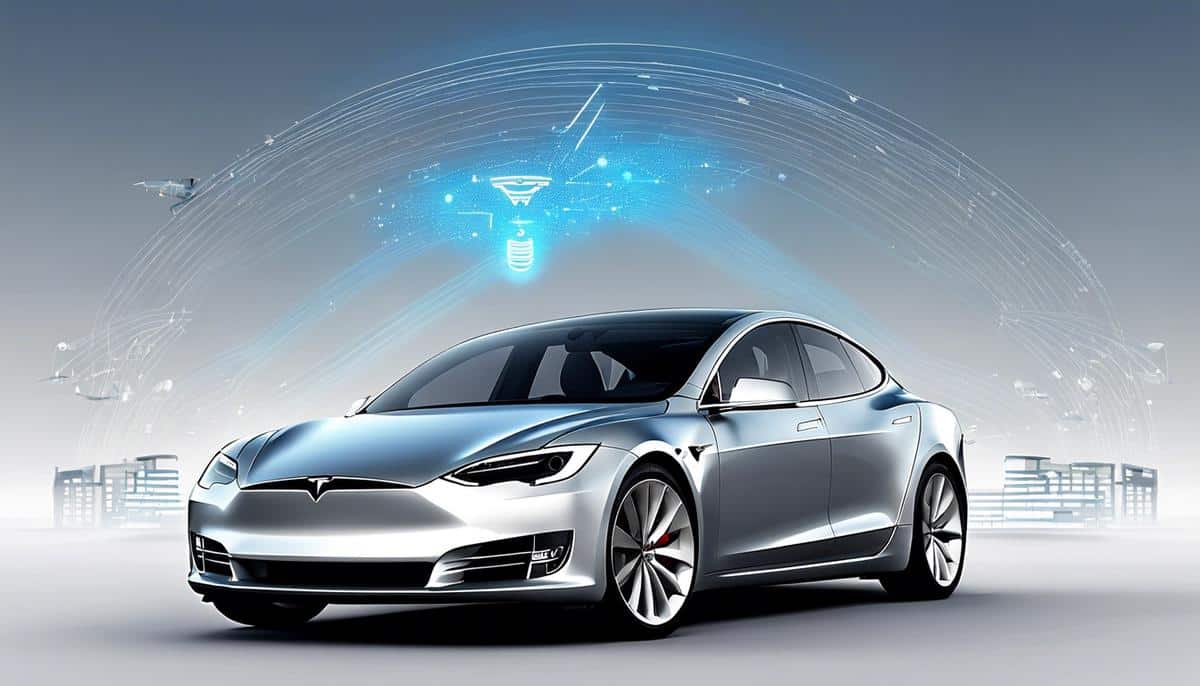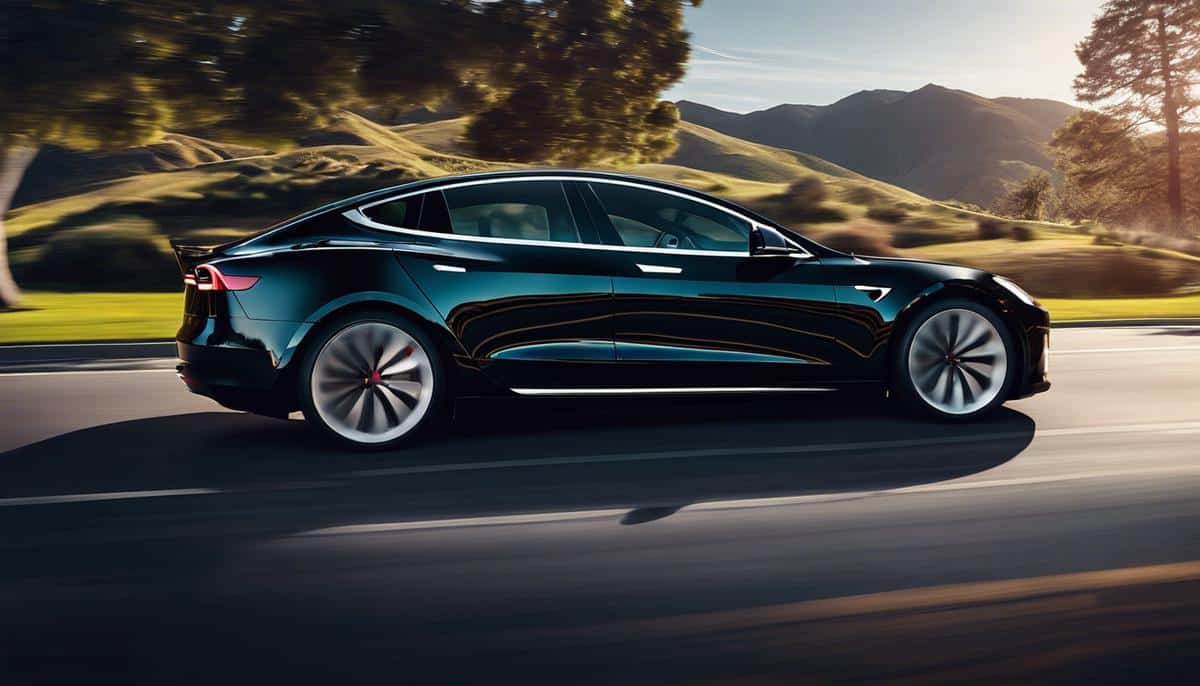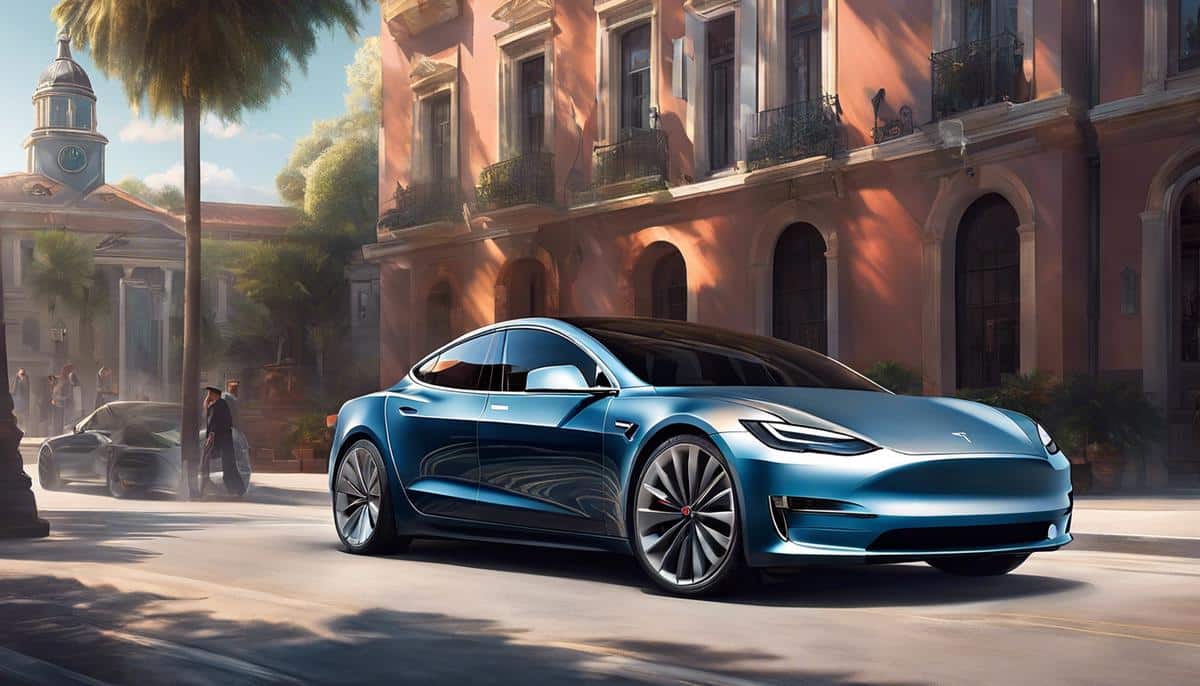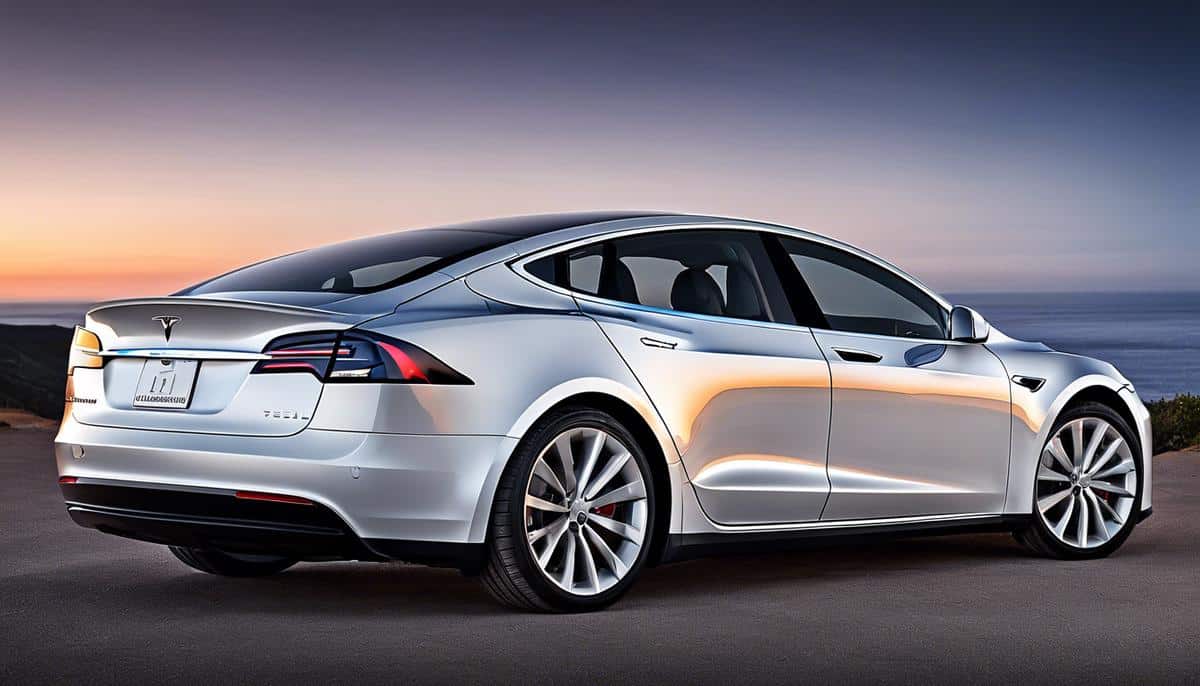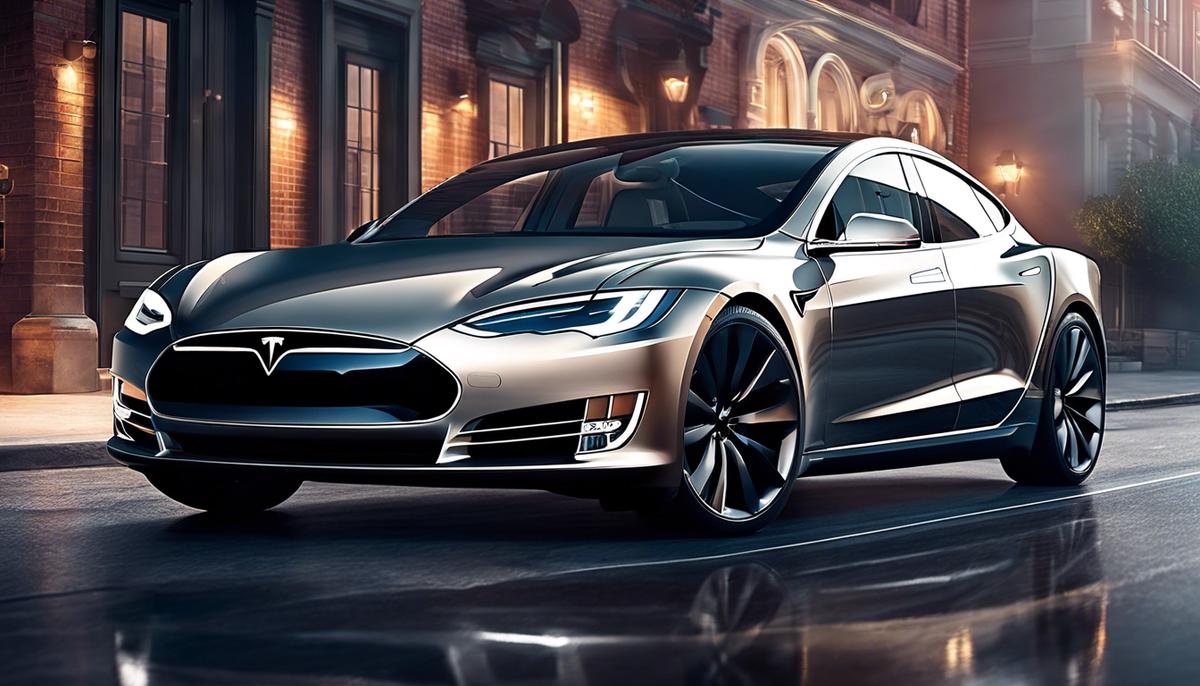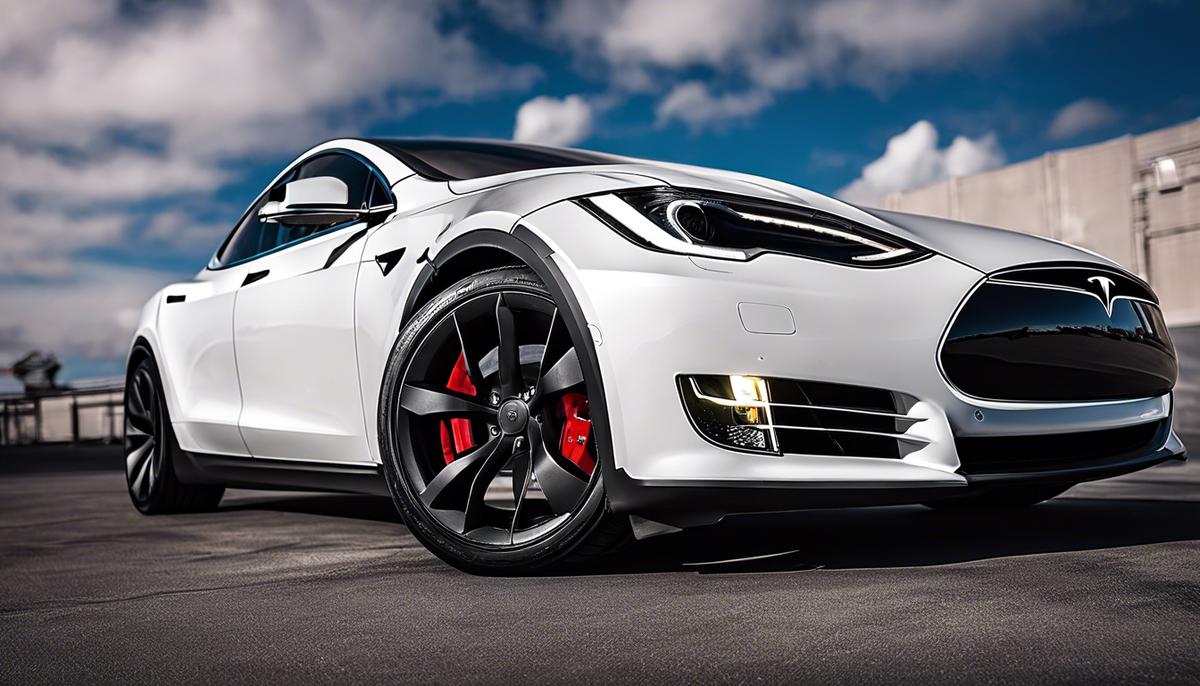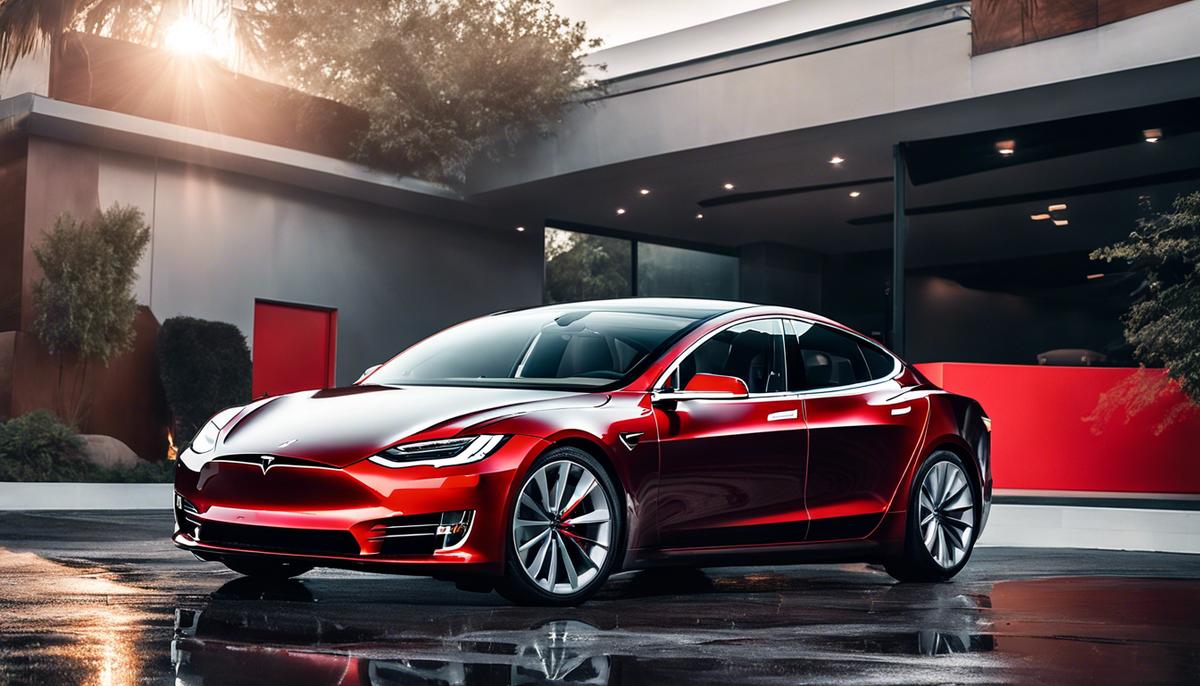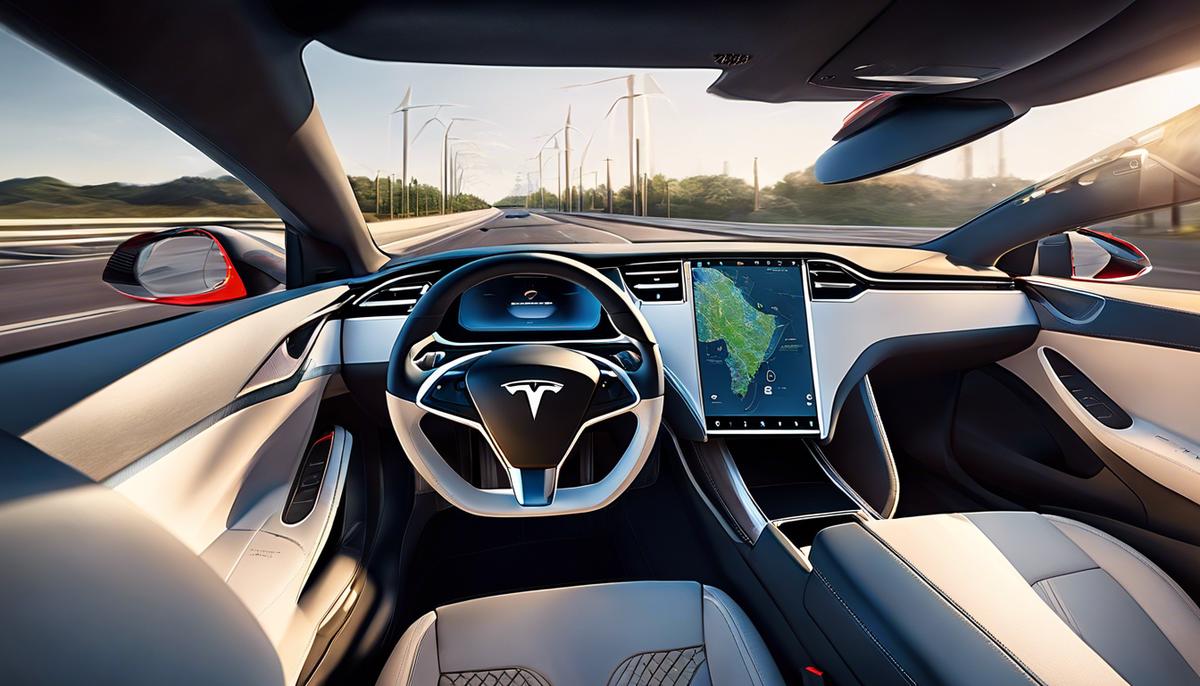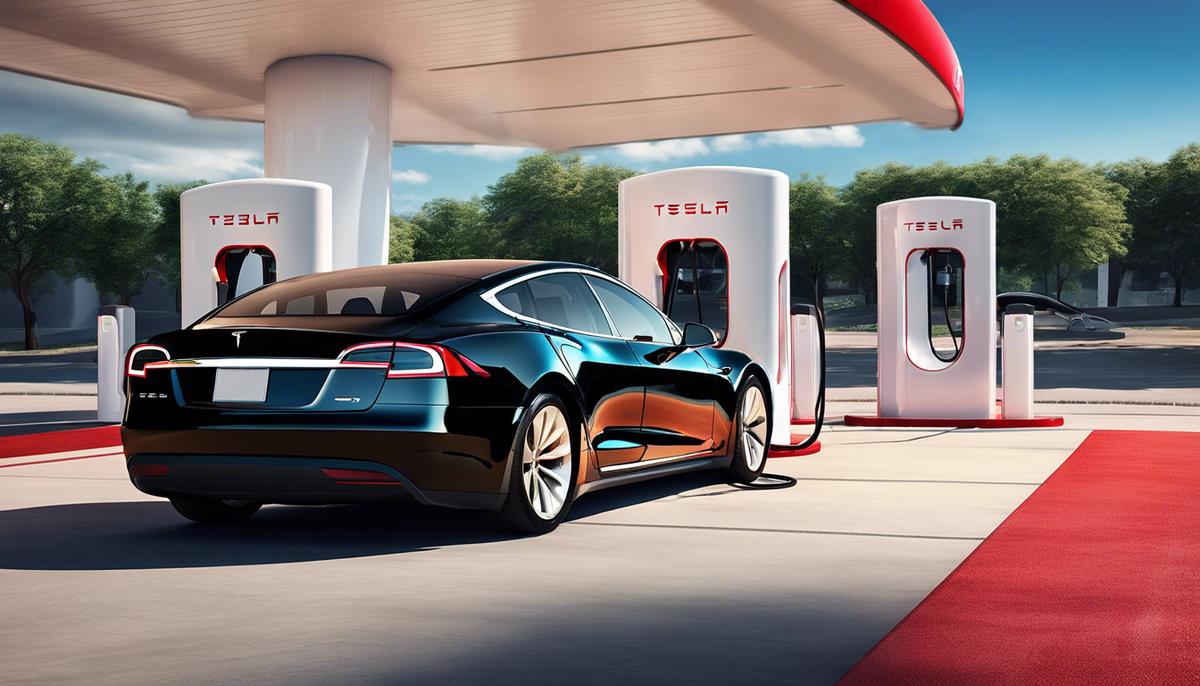Unleashing Tesla Supercharger’s Power, Efficiency, and Versatility
At the intersection of innovation and evolution, Tesla Superchargers have revolutionized the electric vehicle market, seizing the reins of the industry with an audacious blend of groundbreaking design, progressive technology and an expansive, rapidly growing network. Seamlessly weaving functionality and unique design elements, Tesla Superchargers have sculpted a unique niche in the electric vehicle charging landscape. This dissertation delves into the anatomy, evolution and societal ramifications of Tesla’s Supercharger network. Inviting you into a world where efficacious charging technology and sustainability stride hand in hand, this exploration promises to unravel critical insights into the cost, efficiency and charging speed of these modern marvels, while painting a vivid picture of their global impact on the electric vehicle market.
The Functionality and Unique Design of Tesla Superchargers
Elevating the concept of electric vehicle charging infrastructure stands Tesla with its innovative Superchargers, a cut above the rest in both design and functionality.
One noteworthy distinction is speed: while conventional chargers shell out about 20 to 50 miles of range per hour, Tesla Superchargers deliver 150 to 200 miles in the same timeframe.
It’s a radical revolution in charging pace that, when combined with Tesla’s expanding Supercharger network, challenges the age-old range anxiety linked to electric vehicles.
In addition to velocity, Tesla has placed an emphasis on renewable energy sources, creating a sustainable charging system that integrates solar and wind power.
This shifts away from the limitations of conventional electric vehicle chargers which predominantly rely on the grid and leaves room for a significant reduction in carbon emissions.
Functionally, Tesla Superchargers only service Tesla vehicles, a tactic that ensures efficiency and prioritization for the brand’s drivers.
The design is user-friendly and sleek, observing the minimalistic principles that Tesla prides itself upon.
In essence, Tesla Superchargers were born from the quest for lightning-fast, eco-friendly, and exclusive charging solutions, securing their position as the gold standard of electric vehicle power supply.
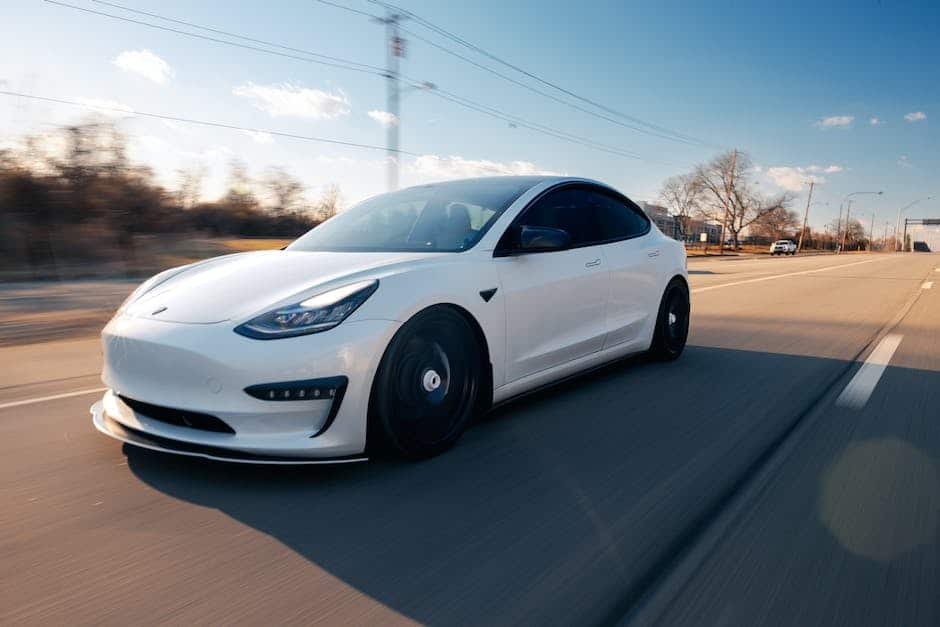
The Evolution and Expansion of Tesla Supercharger Network
In light of addressing the evolution of the Tesla Supercharger network, it’s essential to highlight the greater geographical reach acquired over the years. Since its introduction in 2012, the Supercharger network started with a handful of stations in California but today, it extends across North America, Europe, Asia, and the Middle East. As per last count, there are more than 25,000 Superchargers across 2,816 stations worldwide, signaling an impressive global footprint.
The technological evolution of Tesla Supercharger network is palpable in its innovative V3 Supercharger. Introduced in 2019, this tech marvel allows a Tesla to regain almost 200 miles of range within 15 minutes of charging. Moreover, it eliminates the need for Supercharger sharing by providing dedicated charging to each vehicle, thereby simplifying the charging experience. However, it doesn’t just stop there. Tesla is constantly striving to enhance its charging infrastructure by exploring high power wireless charging options and bi-directional charging capabilities, further underlining its continuous pursuit of technological innovation.
As Tesla expands its vehicle range, the Supercharger network grows simultaneously to cater to the increasing customer base. From Semi trucks to affordable Model 3 and Y, the Supercharger network has been meticulously planned to adapt to diverse vehicle charging needs. Further, Tesla’s energy storage products like Powerpack and Megapack are now integrated at Supercharger locations, highlighting an integrated energy solution strategy. In conclusion, the Tesla Supercharger network is not just about charging cars; it’s a cornerstone of Tesla’s broader clean energy vision that continues to evolve with technological advancement and wider global reach.

Cost, Efficiency, and Charging speed of Tesla Superchargers
Diving right into the economics of it all, the cost implications surrounding Tesla’s Supercharger network are critical. While utilizing renewable energy and slashing carbon emissions, there’s no overlooking the initial investment. Installing a Supercharger station, factoring in infrastructure, electrical installation, and equipment costs, could set anyone back by about $300,000. Tesla too bears a substantial part of this financial burden, but the goal is clear – delivering an unbeatable driving experience for Tesla vehicle owners. Also, the costs for end-users, Tesla drivers, are not insignificant, but remain competitive when compared to gasoline.
When discussing the overall charging efficiency and speed of Tesla Superchargers in relation to the costs, it’s essential to remember that money buys technology, and in this case, speed. The value proposition thus becomes clearer – you pay for the speed you get. Tesla’s V3 technology embraces this principle, supporting charging speeds up to 1000 miles per hour, effectively stunning even the most hardened technophile. Even at costs that might seem high at first glance, the value proposition remains enticing when considering the saved time and the convenience of fast charging.
Despite the high setup costs, the Supercharger network is crucial to Tesla’s strategy. It’s about more than just providing a recharging solution; it’s a cornerstone of Tesla’s broader vision of a world dominated by electric mobility. And, let’s face it, what tech enthusiast doesn’t dream of seeing the end of the fossil fuel era? At the end of the day, the integration of energy storage products at the Supercharger sites contributes directly to a greener, cleaner, and tech-savvy future – even if it comes with a priced tag.

The Impact of Tesla Superchargers on the Electric Vehicle Market
The innovation and benefits of Tesla’s Supercharger network has undoubtedly spurred competition in the electric vehicle market. Subsequent to the stepping up of Tesla’s game, other vehicle manufacturers and independent companies have followed suit, elevating the entire electric vehicle charging infrastructure. The fast charging systems developed by Porsche and other companies demonstrate how Tesla’s pioneering work with Superchargers has influenced a shift towards faster and user-friendly charging solutions. Thus, Tesla’s Supercharger network has catalyzed a wider revolution in the industry, pushing them to adapt with better, comparable, or superior charging solutions.
Tesla’s Supercharger network has added a new dimension to the realm of electric vehicles, enhancing the overall electric vehicle user experience. While many companies have begun investing in electric vehicle charging systems, none have truly replicated the scale or ambitious vision of Tesla’s Supercharger network. Due to the ripple effect established by Tesla, other automakers have had to consider not just the manufacturing of electric vehicles themselves but also the essential charging infrastructure that supports them.
The Supercharger system has raised the expectations of what an electric vehicle experience should include. More companies now see charging stations as a crucial part of their product offering, rather than a separate piece of infrastructure to be supplied by someone else. This way, Tesla’s Supercharger network has been instrumental not just in setting high expectations for user convenience but also in prompting a shift in commercial strategy, thus having a profound influence on the broader market for electric vehicles.

The sheer omnipresence and potency of Tesla Superchargers have propelled the electric vehicle market into a new frontier of dominance and growth. They have cemented Tesla’s position as the vanguard of green transportation and positioned its Supercharger network as the lynchpin catalyzing global EV adoption. Simultaneously embracing efficiency, speed and cost-effectiveness, it is clear that Tesla’s proprietary charging technology has carved out a new industry standard and set a prolific precedent. This exploration has delivered an in-depth perspective of how this impressive feat of engineering has, and continues to, foster transformation, setting a vigorous tempo for the future of sustainable transportation.


